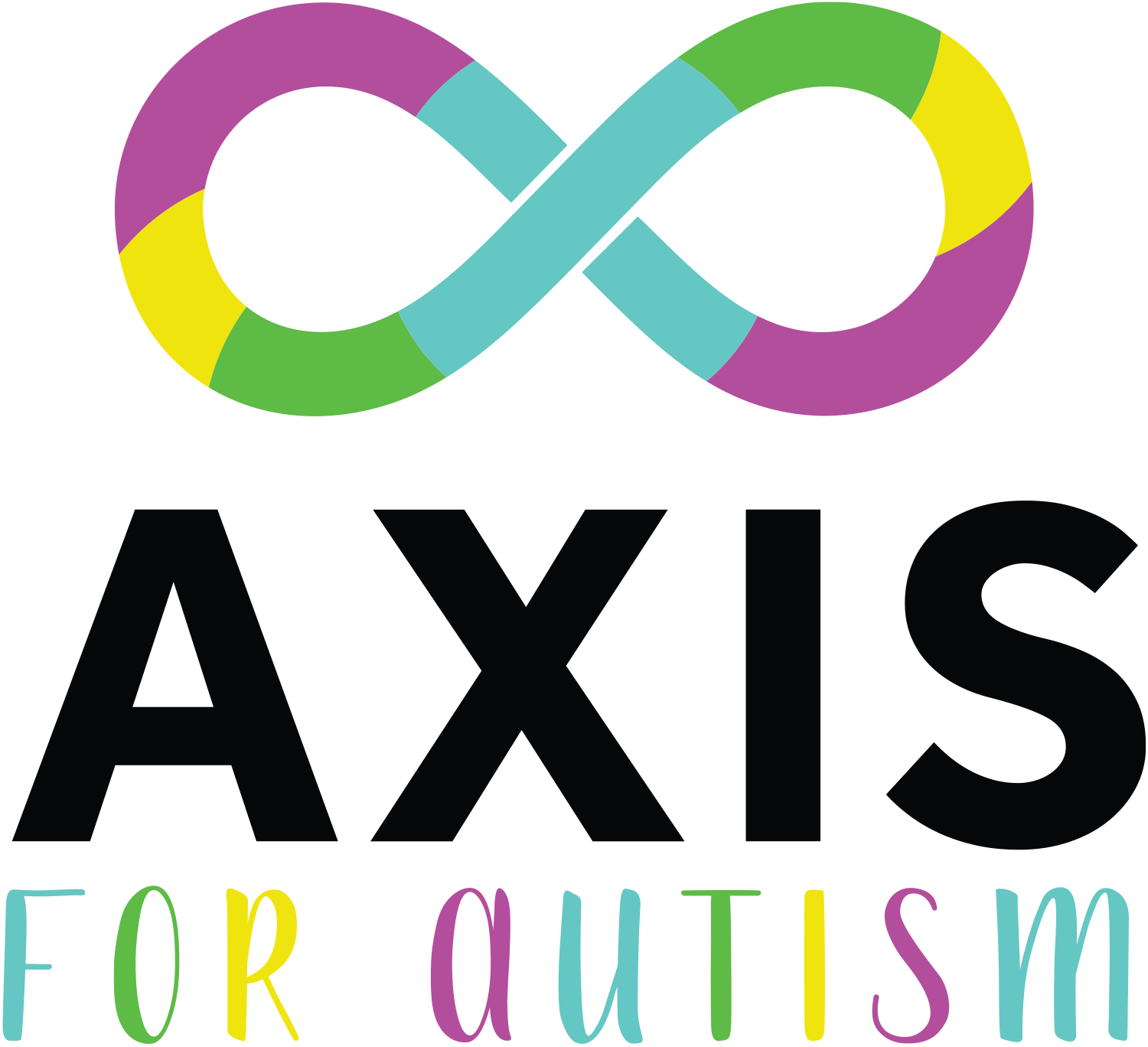Axis for Autism Teams Present Research Posters at American Academy of Pediatric Neuropsychology Conference
When the American Academy of Pediatric Neuropsychology gathered virtually for its 8th annual conference April 28 though May 1, six Axis for Autism psychologists and behavioral specialists educated members about sex-based autism patterns in hybrid telehealth assessments, as well as the obstacles females may face in the autism diagnosis process.
Axis for Autism teams presented two research posters at the annual event, sharing insights that will help pediatric neuropsychologists from around the nation enhance their care for children and adolescents.
The first poster, “Sex Based Autism Patterns in Hybrid Telehealth Assessment,” presented by Chantel Osman, Psy.D., Morgan Hall, Ph.D., Marleigh Bowers, B.S. and Amanda Salman, B.S., highlighted the advantages of a hybrid team approach, including more time for data interpretation, input from multiple providers, reduced risk of deviation from standardization and reduced bias.
Chantel Osman, Psy.D., Marleigh Bowers, B.S., Anastasia Hutson, B.S. and Makayla Casillas presented the second poster, “Misdiagnosis and Missed Diagnosis of ASD: One Female’s Diagnostic Experience,” which outlined a case study of roadblocks a 21-year-old woman encountered in finding a diagnosis. In addition to concluding male-centered phenotypes create a diagnostic model inadequate for females, the Axis for Autism team showcased why the MIGDAS-2 is particularly helpful in accurately diagnosing adult females and made a case for why more providers should be trained to administer it.
With a network of specialized psychologists using groundbreaking technology, Axis for Autism delivers gold-standard evaluations at locations in Phoenix, Glendale and Tucson.
